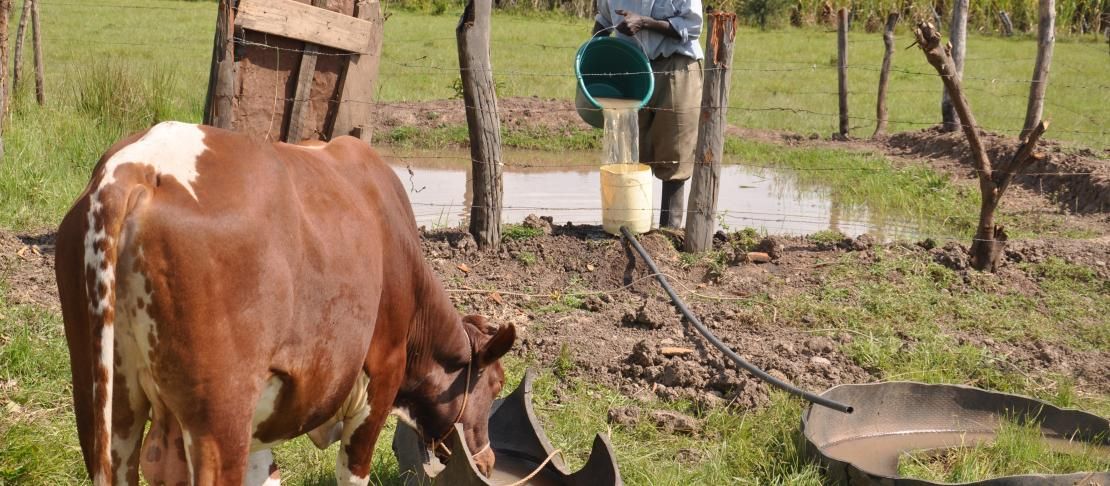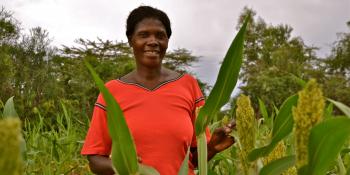Mixing livestock with tree planting: what are the issues?

Planting trees and livestock-keeping might well go hand-in-hand in helping farmers both mitigate and adapt to a changing climate. Livestock are often adapted to relatively marginal environments and can diversify rural production, promoting climate resilience.
Cross-post from the World Agroforestry blog
Trees can provide animal fodder and shelter, soil enrichment and other benefits to farmers, further supporting rural communities. In East Africa, considerable success has already been achieved by dairy farmers growing the Latin American fodder shrub, calliandra (Calliandra calothyrsus).
Along with other interventions in the dairy sector, cultivation of this protein-rich species has increased milk production in cows and goats, and therefore farmers’ incomes. There are now more than 200,000 farmers in the highlands of Kenya, Uganda, Tanzania and Rwanda growing the shrub.
A new working paper by scientists from the World Agroforestry Centre (ICRAF) and the University of Copenhagen analyzes a wide range of issues relating to the future potential of trees as a source of livestock fodder for East Africa under climate change. Currently there are 3 different livestock production systems in the region: pastoral, agro-pastoral and mixed farming.
The type of livestock system which exists in an area is largely driven by the length of growing period (LGP) of annual crops. Pastoral systems mainly occur where there is a low LGP and mixed farming systems where the LGP is high. With climate change expected to decrease the LGP in coming years, cropping may decrease and farmers will need to improve pasture management and find new feed sources. Trees may be able to supply feed more sustainably.
Because they are able to draw water from deep in the soil and are more resilient to variable weather, they have the potential to provide fodder in dry conditions when shallow-rooted fodder is scarce.
“With weather patterns changing, farmers are looking to alternative ways of managing livestock and crops,” explains Ian Dawson, Associate Fellow with the World Agroforestry Centre and lead author of the new working paper. “There is untapped potential for trees to provide livestock fodder and other benefits to pastoralists, but a great deal of uncertainty remains.
Read the rest of this story on the World Agroforestry blog.
Download the full paper: Dawson IK, Carsan S, Franzel S, Kindt R, van Breugel P, Graudal L, Lillesø J-PB, Orwa C, Jamnadass R (2014). Agroforestry, livestock, fodder production and climate change adaptation and mitigation in East Africa: issues and options. ICRAF Working Paper No. 178. Nairobi, World Agroforestry Centre.
The Research Program on Climate Change, Agriculture and Food Security (CCAFS) has supported this project.
Kate Langford works as a Science writer for the World Agroforestry Centre (ICRAF)



